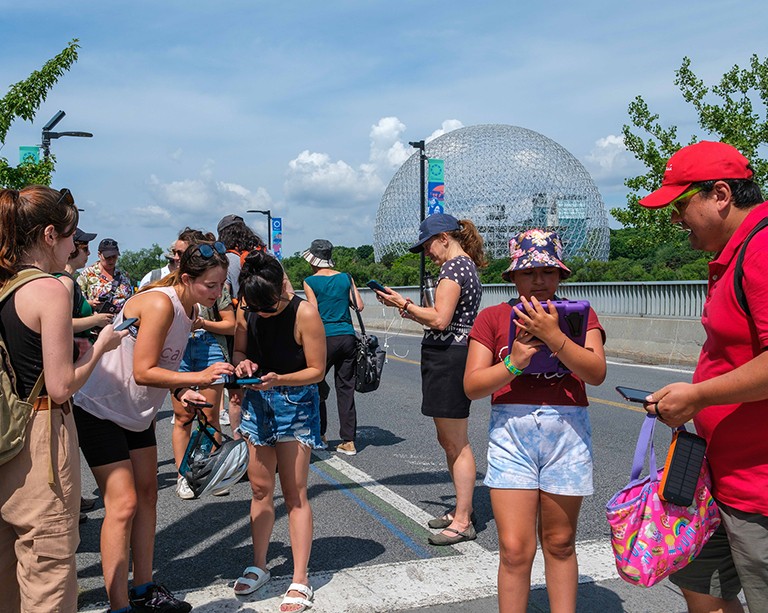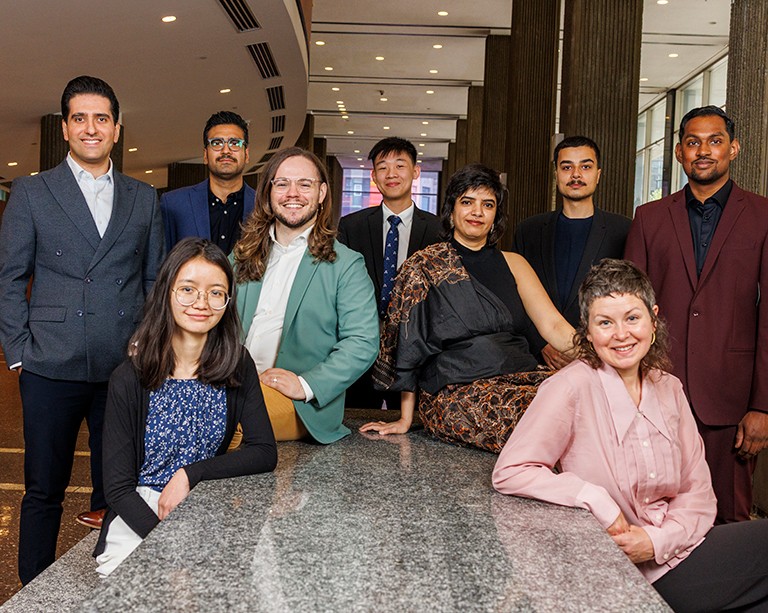Concordia grad student pays tribute to legendary Cree leader Chief Poundmaker
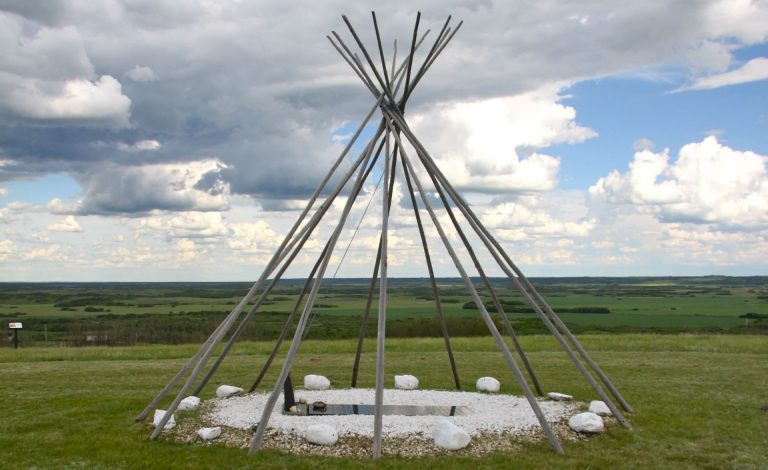
A recent exhibit, curated by Concordia art history graduate student Alexandra Nordstrom, honoured the important legacy of Chief Poundmaker in the Saskatchewan First Nations community that bears his name.
The Poundmaker Cree Nation’s National Historic Site and Chief Poundmaker Museum hosted Poundmaker: Life, Legacy and Liberation from May 1 to 2. Later that month, Prime Minister Justin Trudeau formally exonerated Pitikwahanapiwiyin, the Cree leader known as Poundmaker.
Poundmaker was one of a number of Plains Cree leaders convicted for treason-felony after the 1885 Northwest Resistance in Saskatchewan. He was sentenced partially for his part in the Battle of Cut Knife.
In early May 1885, Canadian soldiers attacked Poundmaker and his men, who then successfully defended themselves, counterattacked and sent the soldiers running. Yet Poundmaker ordered his men not to follow the fleeing troops, avoiding further bloodshed.
Nordstrom says curating the exhibit gave her a new perspective on the fabled leader.
“It’s a shift in thinking. When you go to Western institutions, you read about things in your history books, and those aren’t always correct. The right people aren’t always consulted,” she says.
“I really hope this marks a shift where we can correct certain histories and have certain voices be put in.”
Poundmaker’s presence
Floyd Favel, a visiting professor in Concordia’s Department of Theatre and curator of the Chief Poundmaker Museum, asked Nordstrom to curate the exhibit.
Nordstrom compiled a collection of art and archival material featuring four people and their work. She says she had to organize the show from Montreal to get everything ready in time for the opening.
Parks Canada loaned Nordstrom Poundmaker’s gun and staff — marking the second time the items had been returned home since their confiscation. These artifacts offered the “presence of Poundmaker in the exhibit,” Nordstrom says.
The exhibit also featured a series of paintings by artist Henry Beaudry, Poundmaker’s great-grandson. They were on loan from Chris Odishaw, the biggest collector of Beaudry’s work.
Kent Monkman’s “Poundmaker Intercedes” was also on display. The painting depicts the chief as peacemaker, stopping his men from chasing the Canadian soldiers, and holding up the famous pipe, which he borrowed from a wounded pipe carrier.
“For me, that painting in the exhibit is really important because it shows the power of these objects,” Nordstrom says, referring to the pipe. “They’re not just things that are sitting there. They’re alive, they carry spirit with them, they mean a lot to people.”
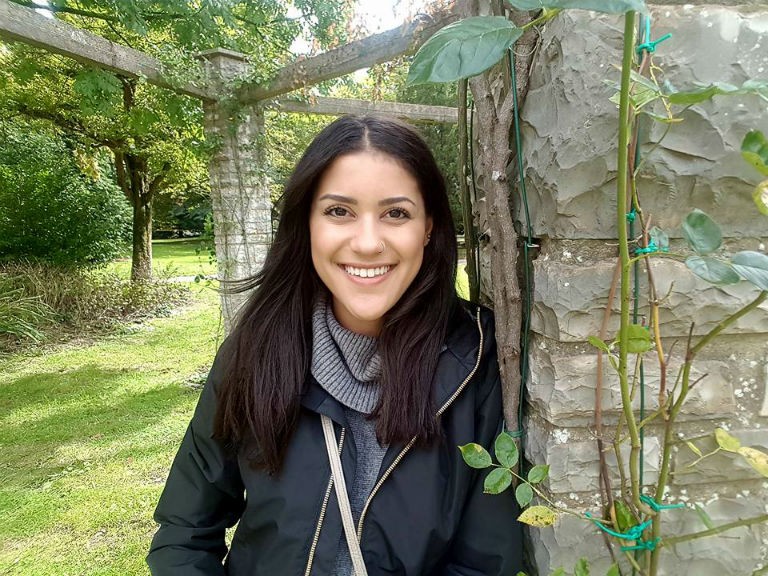 Curator Alexandra Nordstrom: “These objects are alive, they carry spirit with them, they mean a lot to people.”
Curator Alexandra Nordstrom: “These objects are alive, they carry spirit with them, they mean a lot to people.”
Other contributions
The exhibit also included an area dedicated to the life and work of Tyrone Tootoosis, an actor, member of the First Nations and descendent of Poundmaker’s brother. Tootoosis advocated for Poundmaker’s exoneration, working with historians and lobbying the Government of Canada.
“We really just wanted to honour Tyrone,” Nordstrom says.
The exhibit also included a child’s dress, on loan from the Canadian Museum of History, displayed outside the gallery area. The dress was originally made for community member Marilyn Kasokeo when she was a little girl. Kasokeo attended the exhibit and stood with the dress.
“That sparked a conversation about what repatriation might mean for our community,” Nordstrom says.
“Having that dress there was quite amazing. I think that was a really powerful moment for people to see what could happen when we have these objects come home.”
To help organize the show, Nordstrom spent a lot of time speaking with Tootoosis’s widow and daughter as well as with Odishaw, listening to their stories of Tootoosis and Beaudry.
“I went to visit Tootoosis’s family at their home and we had a discussion over tea, and they told me about him. That’s also why it was important for me to show these in a way that really honours these people,” she says.
“I think when that storytelling is brought into a show it can be really personal and relatable, and it can be also super powerful.”
The exhibit garnered an impressive turnout from the First Nations community and the surrounding areas, Nordstrom reports.
“It was really important for me to honour those objects and those people for the rest of the community. I wanted to show them in a way that made them proud,” she says.
“And for people who weren’t from the community, I wanted them to understand this history and the legacy of Poundmaker as a peacemaker.”
Learn more about the Poundmaker Cree Nation. Find out more about Concordia's Department of Art History.
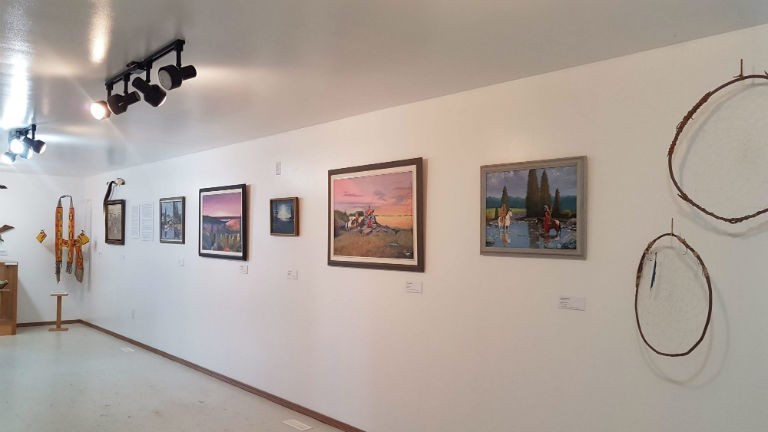 A view of the exhibit.
A view of the exhibit.
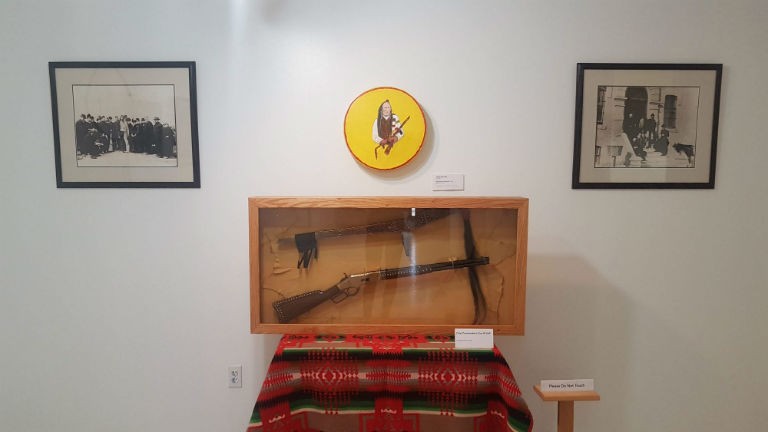 Chief Poundmaker's gun and staff.
Chief Poundmaker's gun and staff.
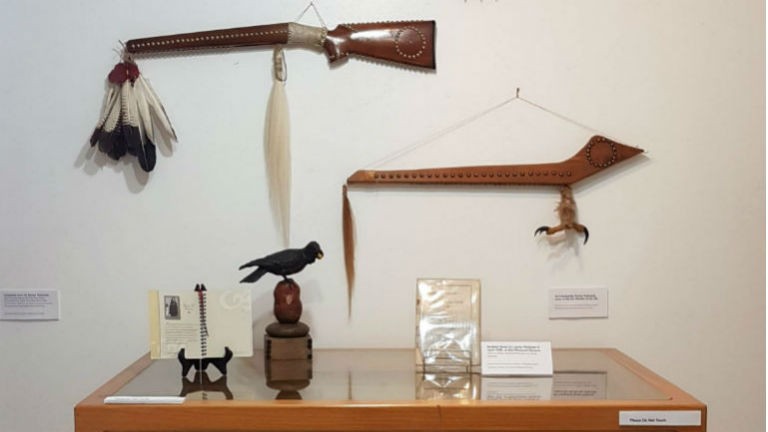 Art created by Tyrone Tootoosis.
Art created by Tyrone Tootoosis.
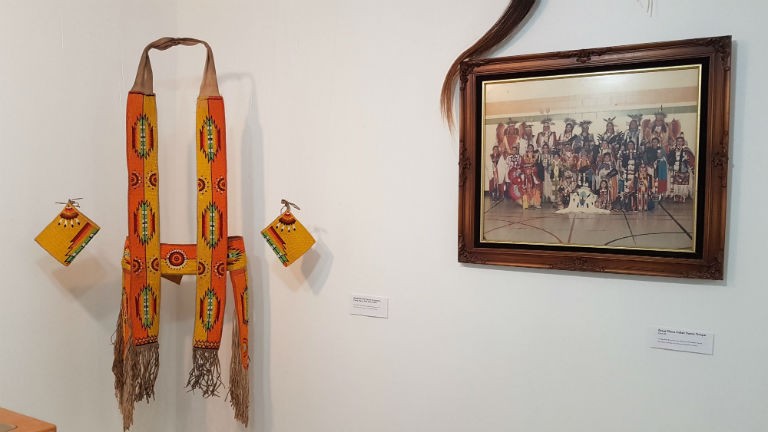 Left: Beadwork from Tyrone Tootoosis's Fancy Dance Pow Wow Outfit. Right: Great Plains Indian Dance Troupe from Expo 86.
Left: Beadwork from Tyrone Tootoosis's Fancy Dance Pow Wow Outfit. Right: Great Plains Indian Dance Troupe from Expo 86.
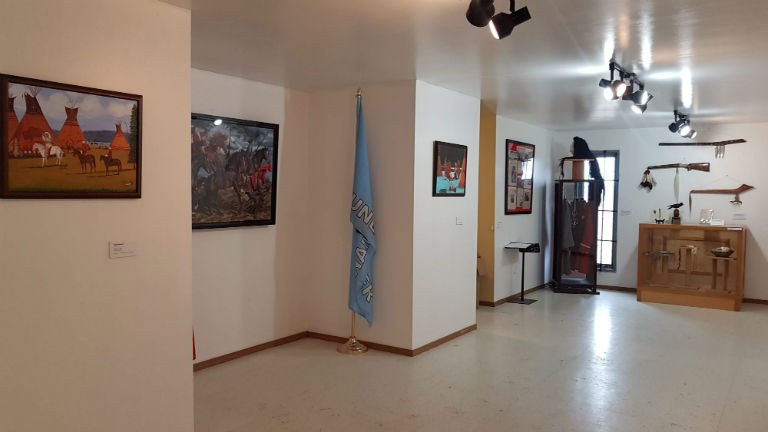 Another view of the exhibit.
Another view of the exhibit.
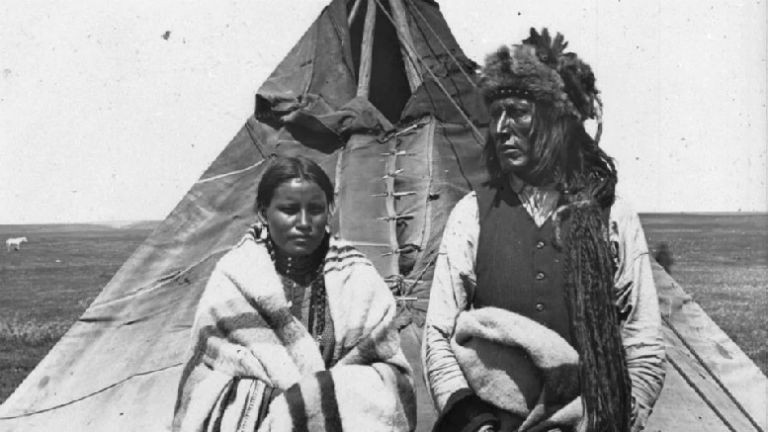 Chief Poundmaker (Pihtokahanapiwiyin in Cree) pictured with his wife circa 1884 (Library and Archives Canada).
Chief Poundmaker (Pihtokahanapiwiyin in Cree) pictured with his wife circa 1884 (Library and Archives Canada).
